
THE RIGHT TO PROTECTION
The period of intense developments in contraception began in the 1950s simultaneously with the endeavours for the legalisation of abortion. A very important part was played by the socialist politician Vida Tomšič and her husband Franc Novak, a gyneacologist. Tomšič was politically active and endeavoured to introduce a progressive policy regarding freedom of choice in childbearing, and Novak promoted the production of contraceptives as well as the programme for the development of contraception clinics in Slovenia. They put family planning into the wider framework of reproductive rights and health that also included the right to abortion, treatment of infertility and contraception.
In 1954, Naša žena (Our Woman) magazine published the article »Spočetje po naši volji ali o kontracepciji [»Conception at My Own Will or on Contraception«]« providing for the first time comprehensive information about protection against pregnancy. A year later, the Sava factory from Kranj, Slovenia, started to produce diaphragms, and in 1962, the Slovenian Lek factory produced its first contraceptive paste. In 1955, the first doctor’s office for contraception in Yugoslavia was founded operating within the Central Gynaecological Clinic in Ljubljana. Two years later two contraception clinics started to operate at the Gynaecological Clinic in Ljubljana and the Department of Gynaecology and Obstetrics in Maribor respectively.
Another important milestone was the year 1961 seeing the foundation of the Scientific and Research Department for the Questions of Abortion and Contraception, which operated as a specific unit of the Obstetrics and Gynaecology Clinic. The same year also saw the foundation of the Co-ordination Committee for Family Planning that was later renamed to the Department for the Prevention of Abortion, and in 1967 to the Institute for Family Planning. It became the leading centre for research in reproduction, and included not only research work but also counselling work and a contraception clinic. The contraceptive pill has been accessible to women since 1964, first at the gynaecological clinic, and later at the Institute for Family Planning.
On April 25, 1969, the Federal Assembly of Yugoslavia adopted a Resolution on Family Planning, which was a strategic document on the shaping of family planning policy. The Resolution stemmed from the principle of the freedom of choice in childbearing that included the prevention of unwanted conception through the use of contraception, the right to abortion, and the provision of the conditions for all children to be born wanted.
In Slovenia, the freedom of choice in childbearing became the constitutional right in 1974. Despite opposition, this right was also retained in 1991, when Slovenia became an independent country, in the Article 55 of the Slovenian Constitution, and it is the contraceptives that enable the exercising of this right. Because contraceptives are so important for maintaining the reproductive health of women, the state ensured their wide accessibility (with the exception of the condom which is payable).
After 1991 there was a series of attempts to limit the reproductive rights of women. In 2013, The Health Insurance Institute of Slovenia (ZZZS) attempted to introduce copayment for hormonal contraception, but they did not succeed due to the resistance of the public. A second attempt followed in 2016, when ZZZS wanted to dismiss hormonal contraception from the list of free medications to put it on the list of medications requiring copayment. Women’s Lobby of Slovenia reacted with a petition for the retaining of free hormonal contraception, and together with numerous feminist groups and individuals organised a protest in front of the headquarters of ZSSS that subsequently withdrew the proposal. This example shows that the acquired rights are not forever and need to be fought for again and again.
Živa Humer
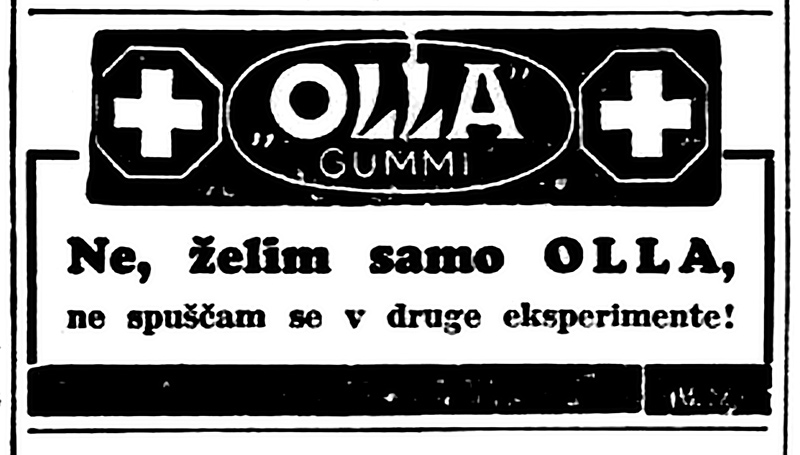
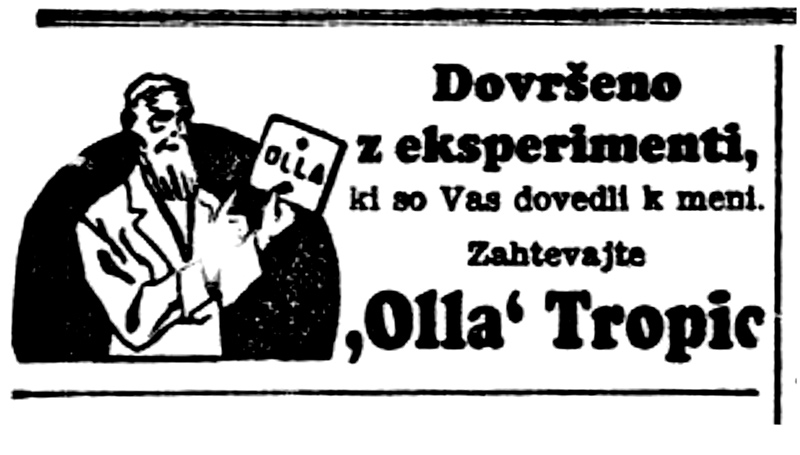
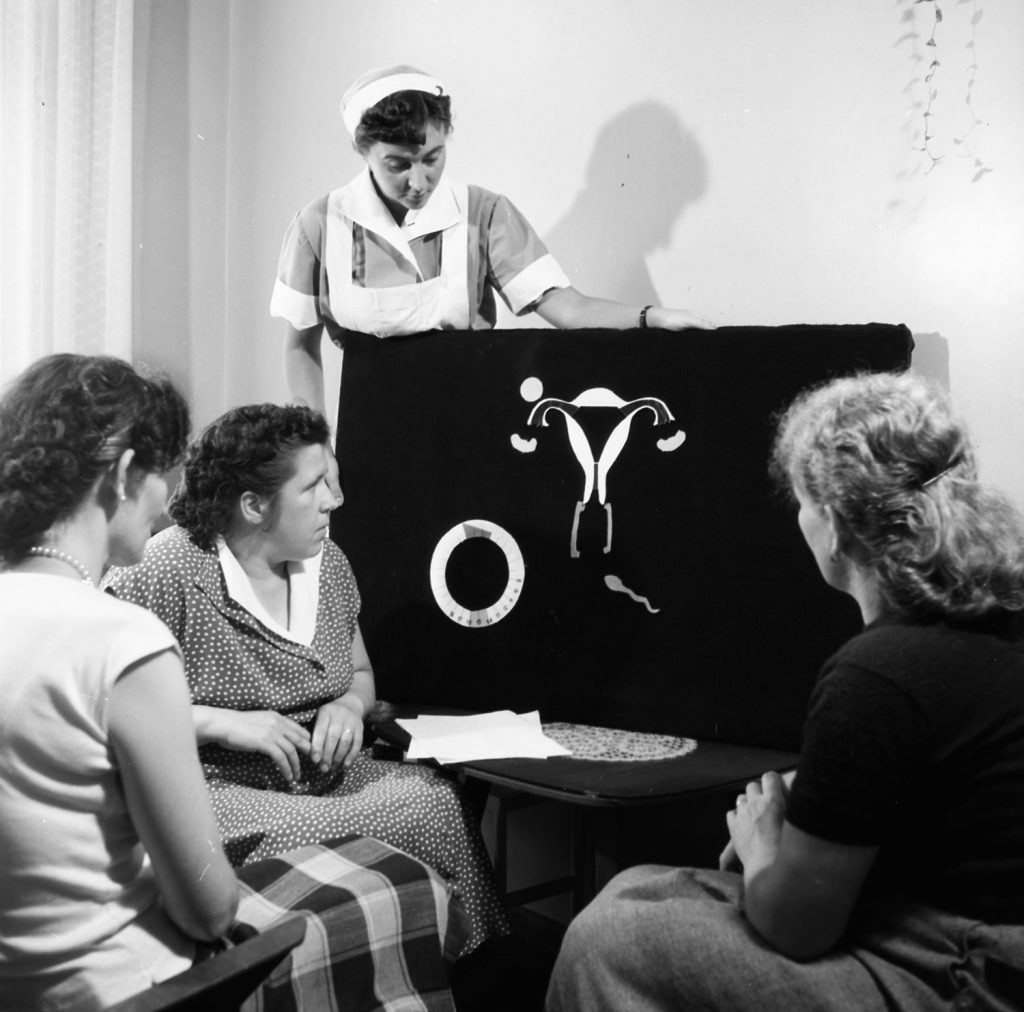

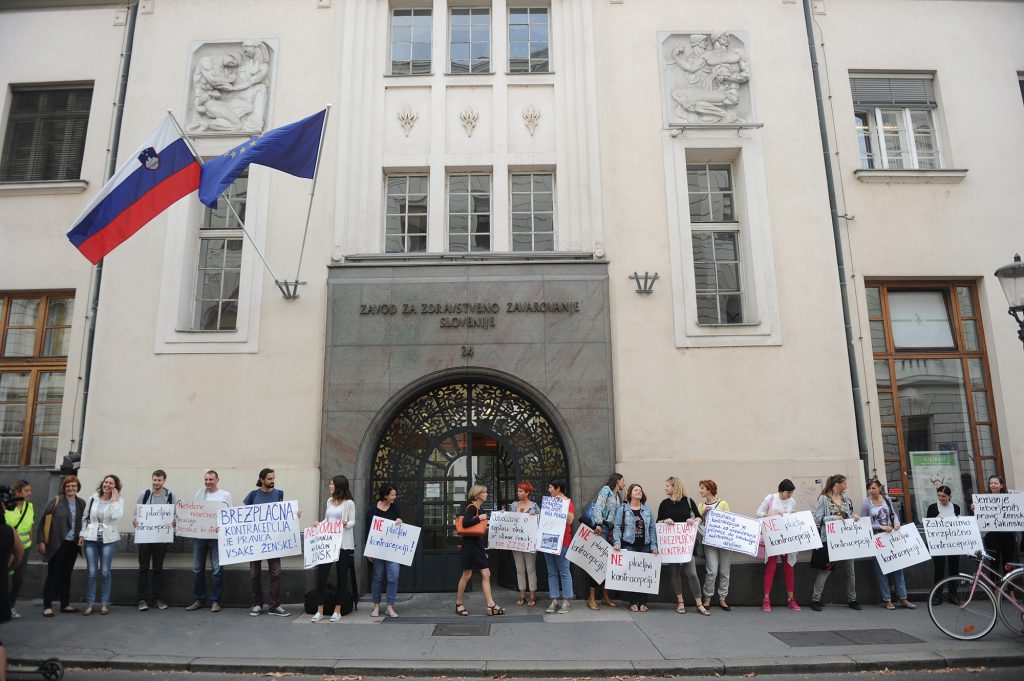
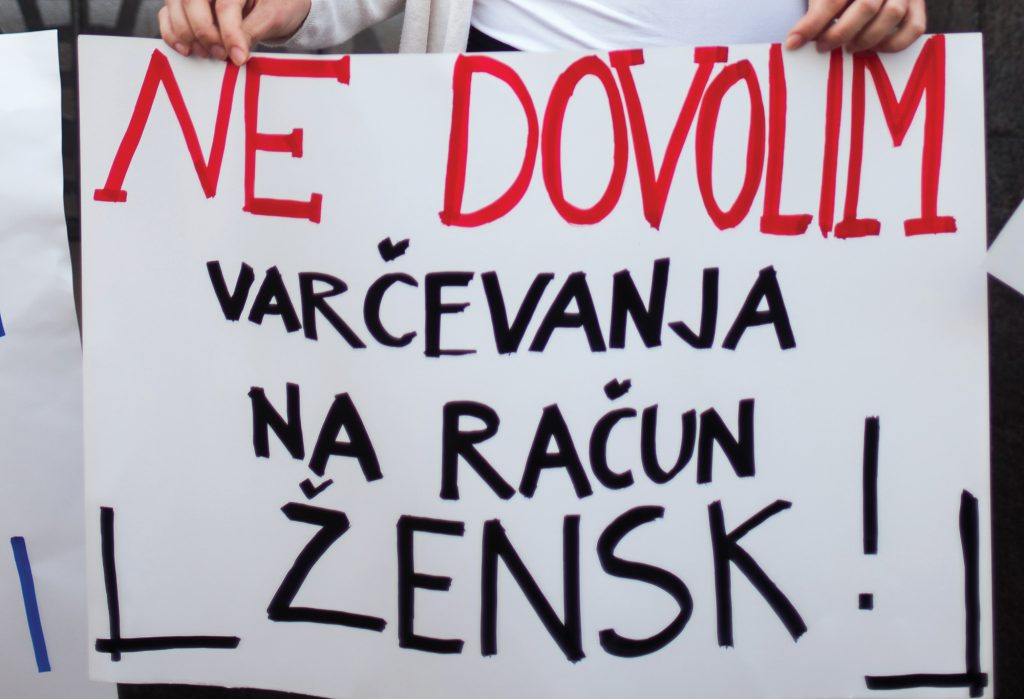
SOURCES:
- Ana Cergol Paradiž, »Bela kuga«: Ilegalni abortusi in zmanjševanje rodnosti na Slovenskem v obdobju med obema vojnama [White Plague: Illegal Abortion and Decreased Fertility Rates in Slovenia between the Two World Wars] (Ljubljana: Ljubljana University Publishing, 2022).
- Ana Kralj, Tanja Rener, Vesna Leskošek [et al.], Abortion and Reproductive Rights in Slovenia: A Case of Resistance (Abingdon and New York: Routledge, 2024).
- Sara Rožman, »Geneza pravice do umetne prekinitve nosečnosti v nekdanji Jugoslaviji« [“The Genesis of the Right to Abortion in the Former Yugoslavia”], Ars & Humanitas 1-2, No. 3 (2009): 301–325.
- Vida Tomšič, Ženska, delo, družina, družba. [Woman, Work, Family, Society] (Ljubljana: The Komunist Journal, 1978.
- Resolucija o planiranju družine [Resolution on Family Planning], Official Gazette SFRY, No. 20/1969, year XXV, May 8, 1969, 612–13.